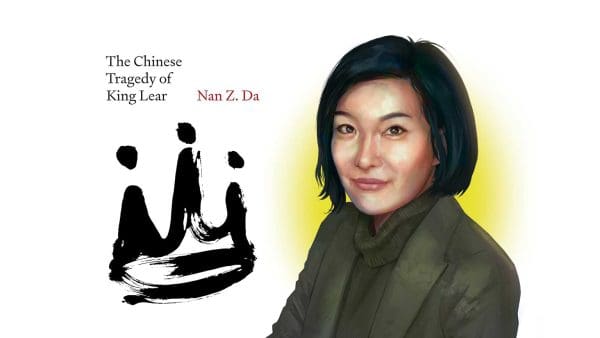Michael Beard, the aging wunderkind physicist, was worried. “He liked to think he was an old hand and knew his way around string theory and its major variants. But these days there were simply too many add-ons and modifications… Frowning for hours at a stretch, he read up on the latest, on Bagger, Lambert, and Gustavsson—and their Lagrangian description of coincident M2-branes. God may or not have played dice, but surely He was nowhere near this clever, or such a show-off.”
Bagger, Lambert and Gustavsson? Readers of Ian McEwen’s latest novel, Solar, may have assumed that these three “show-offs” and their “M2-branes” are as imaginary as the befuddled fictional character Michael Beard.
Jonathan Bagger
Not so! claims the Krieger School’s Jonathan Bagger, who holds professorships in the Department of Physics and Astronomy and the Department of Mathematics. Early in his career, Bagger made some big contributions to supersymmetry—a theory-of-almost-everything in the realm of fundamental particles and forces—and more recently has turned to a related subject known as M-theory.
M-theory is an offshoot of string theory, which was once (back in the 1970s and ’80s) the new thing in theoretical physics. While string theory posits that fundamental particles are one-dimensional strings, M-theory sees them as two-dimensional membranes, fluttering about in an 11-dimensional space. “The M in M-theory might stand for membranes, or it might stand for mysterious,” Bagger says with a laugh. “Nobody’s quite sure what the M stands for, and nobody knows much about M-theory.”
One day in 2006, Neil Lambert, a young theoretical physicist then at the University of London, turned up in Bagger’s office at Hopkins. Lambert’s wife, a World Bank employee, had just been posted to Washington, and Lambert wondered whether he and Bagger could collaborate on something. The result was a set of papers describing what interacting M-theory 2-branes might look like, mathematically anyway. “We were lucky to be at the right place at the right time with the right tools, and it sparked a lot of interest in M-theory within the string theory community,” says Bagger. (Swedish physicist Andreas Gustavsson was hot on their heels with a similar description.)
Somehow word of “Bagger-Lambert-Gustavsson” reached the ear of Ian McEwen, and the bestselling novelist seized upon it as a perfect example of the sort of esoteric stuff that young hotshots would produce to mystify the graying Michael Beards of the physics world. “Alas, I sometimes feel like I’m in Beard’s shoes—a 50-something physicist running hard to keep up with the young folks,” Bagger says. “I feel for him.”





